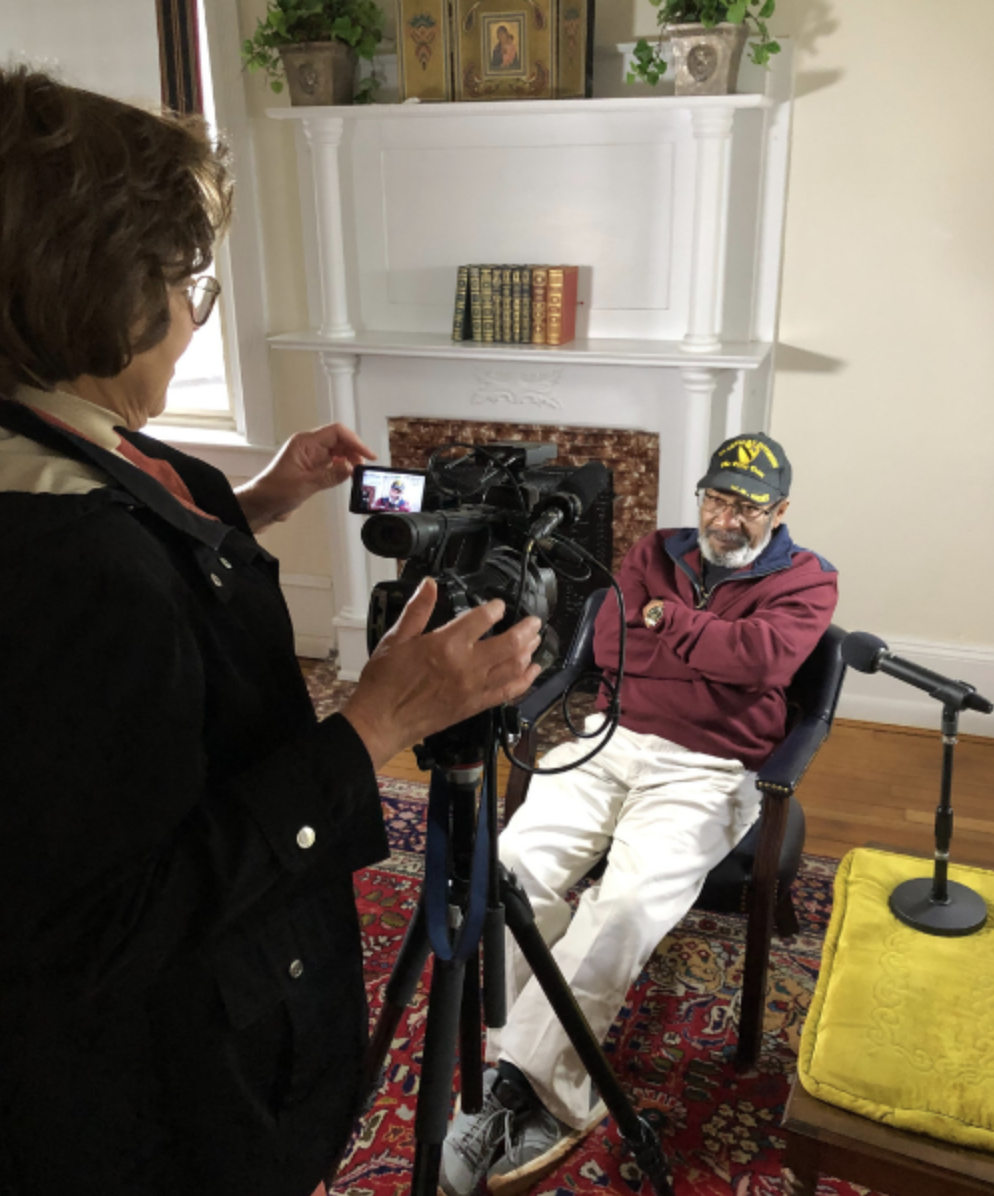
RELATED PROJECTS
SEWANEE PRAISES is but one piece in the large puzzle of initiatives from the Roberson Project on Slavery, Race, and Reconciliation that focus on retrieving the stories and lives of Sewanee’s Historically Black Neighborhoods and community. Here is where you will find links to those projects that have been central in informing Sewanee Praises.
Meridiana - The Roberson Project Blog
Meridiana is the blog for the Roberson Project on Slavery, Race, and Reconciliation.
Save Sewanee Black (Oral) History
Save Sewanee Black (Oral) History is a project funded in part through the generosity of the National Endowment for the Humanities (NEW) and of the friends of the Roberson Project on Slavery, Race, and Reconciliation. The project launched May 2019.
Save Sewanee Black History Heritage Trail
This trail tells the history of our town’s African American community. The mission of the trail project is to honor and preserve the memory of this Sewanee neighborhood and its residents.
Black Sewanee Digital Archive
The Save Sewanee Black History project launched in the spring of 2019 with the formation of an organizing committee of people with family ties to the historic Black neighborhoods, community members, and University faculty and staff from the Roberson Project on Slavery, Race, and Reconciliation.
Funded by a $12,000 Community Heritage Grant from the National Endowment for the Humanities, the committee organized two “digitization fairs” in 2019, the first on Memorial Day and the second on July 5th to collect and preserve local Black history. Tables were set up to scan photographs and other family keepsakes for inclusion in a digital archive. A “participatory mapping” station — a blown-up aerial photograph of Sewanee — invited those who had lived in the neighborhoods to tell and preserve their stories about the places that mattered to them on the Mountain. Thanks to the generosity of Ann and Doug Cameron, a snug and air-conditioned oral history booth operated out of the Cameron family RV, and a steady stream of people donated their life histories to the archive.
The digitization events were governed by what archival scholars call “post-custodial” models of collecting. Instead of institutional archives taking possession and ownership of the documents, photographs, and other items, the SSBH project made digital copies and then returned the actual photographs, postcards, and letters to their original owners. Each “donor” was given a thumb drive containing the digitized images and invited to allow SSBH to put a virtual copy of their keepsakes in an online archive. Most participants agreed to this arrangement, and it is because of their generosity that we are able to offer — to them and for them — this permanent and publicly accessible repository of the history of the people and places that mattered to them in their Sewanee.



